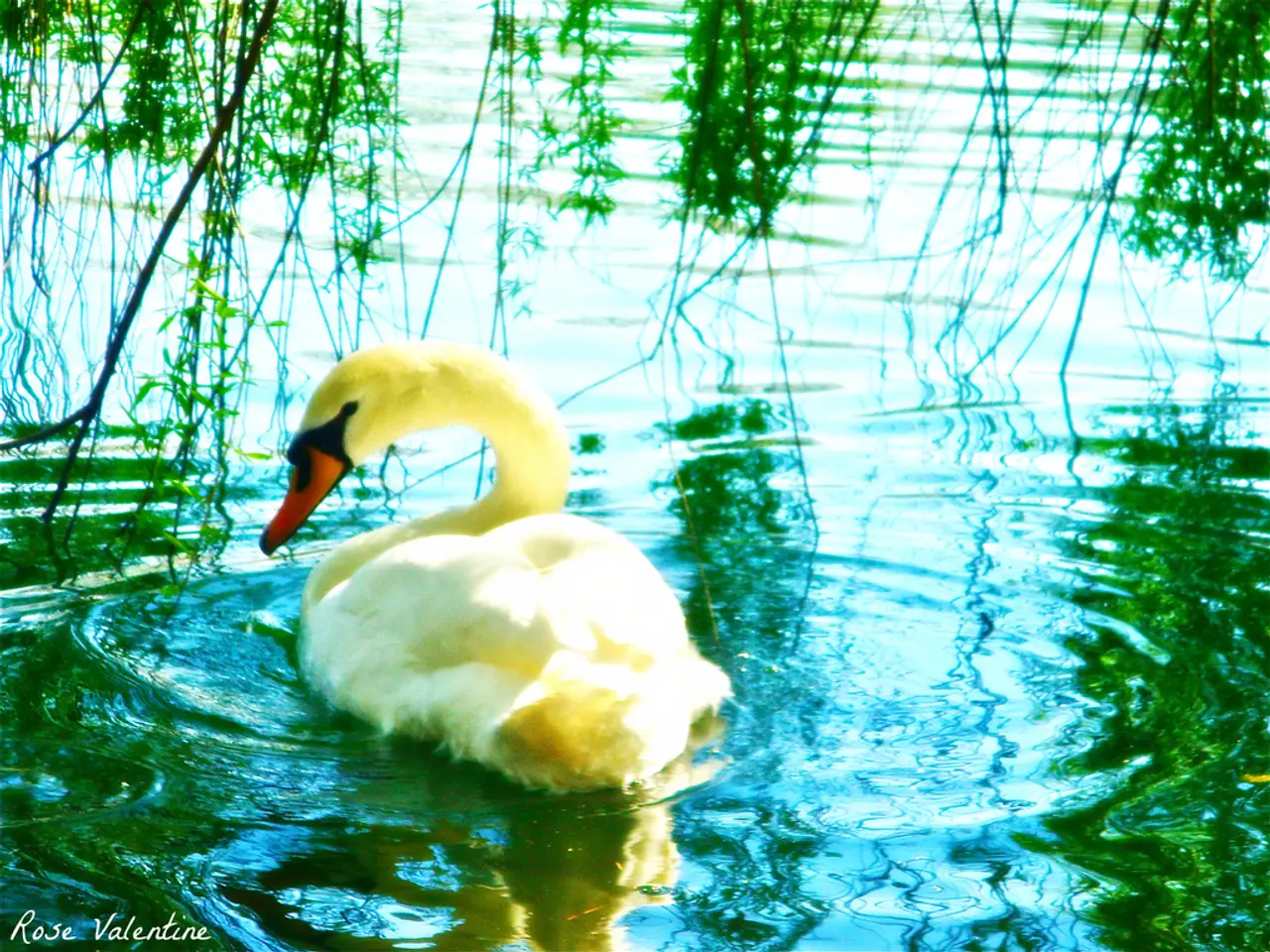Wildlife protection organization, Suffolk Wildlife Trust, issues a statement following the creation of a new environmental charity by Sizewell C.
In the face of the planned Sizewell C development, local wildlife groups and charities are working diligently to ensure that projects funded by the East Suffolk Trust (EaST) are as beneficial as possible for wildlife. Ben McFarland, Director of Wildlife Conservation & Recovery, has emphasized this need, stating that the projects should be as good as they can be for wildlife.
The Sizewell C development plans include several mitigation and compensation measures designed to protect sensitive wildlife populations such as adders, natterjack toads, and bat species. Key measures involve habitat creation and management, including the establishment of the "Wild Aldhurst" habitat that will create approximately 6 hectares of wetland habitat with wet reedbeds, open water, marginal drier reed habitat, grassland, heathland, scrub, and scattered trees. These diverse habitats aim to support various species, including amphibians like the natterjack toad, reptiles such as the adder, and bats by providing suitable foraging and breeding grounds.
Two new artificial badger setts are planned at Kenton Hills, indicating a wider commitment to species-specific compensation and mitigation. However, it is important to note that nuclear developments like Sizewell C benefit from a legislative exemption from the Conservation of Habitats and Species Regulations 2017, meaning that some typical statutory obligations for wildlife mitigation and compensatory measures do not apply.
Despite this legislative context, the Suffolk Wildlife Trust continues to express concern about the impact of Sizewell C on sensitive wildlife populations. The focus of the Trust has shifted to engaging with Sizewell C to minimize the impact and ensure they fulfill their legal obligations for mitigation and compensation.
The mitigation projects for Sizewell C may present opportunities to align with the Suffolk Wildlife Trust's goals for protecting and restoring wildlife. As funding for associated works becomes available, the East Suffolk Trust may explore opportunities that align with the Suffolk Wildlife Trust's goals.
However, Ben McFarland has expressed uncertainty about whether the EaST funds will be sufficient to fully mitigate Sizewell C's impact. He stresses the importance of local wildlife groups and charities working hard to make the projects effective. The EaST funds are intended to help mitigate the significant residual impact of Sizewell C across the wider landscape.
The development of Sizewell C is a concern for sensitive populations of adder, natterjack toad, and various bat species, whose habitats may be disrupted or destroyed. The approval of the Sizewell C development, despite the Suffolk Wildlife Trust's long-standing campaign against it due to its impact on protected sites and species, including SSSI areas and critical wetland habitats, underscores the need for diligent work in ensuring the projects are as effective as possible.
- The East Suffolk Trust (EaST) is funding projects to benefit wildlife in light of the Sizewell C development, hoping they will be as advantageous as possible for wildlife conservation.
- Biodiversity is a concern for wildlife groups and charities, with a focus on protecting sensitive species like adders, natterjack toads, and bat species during the Sizewell C development.
- Science is crucial in the mitigation and compensation measures designed for Sizewell C, ensuring the creation of new habitats like "Wild Aldhurst" that cater to various species.
- Climate-change initiatives and renewable-energy projects are not directly mentioned in the Sizewell C development plans, but their importance in minimizing environmental impact is evident in the need for mitigation and compensation measures.
- The industry's involvement in Sizewell C extends beyond nuclear development, with the need for environmental-science expertise in designing mitigation and compensation strategies.
- Financing for these environmental projects comes from the East Suffolk Trust (EaST), with a strong emphasis on making the projects effective and beneficial for wildlife.
- Energy efficiency and sustainability are indirectly addressed through the creation of diverse habitats that can help wildlife adapt to changes in their landscape, which may be impacted by energy-producing projects like Sizewell C.
- Lifestyle choices and personal-finance decisions can contribute to wildlife conservation through supporting businesses and real-estate projects that prioritize sustainable-living and data-and-cloud-computing technologies.
- Education-and-self-development plays a role in promoting awareness about wildlife conservation, as individuals learn about the impact of developments like Sizewell C and the importance of lifelong-learning in making informed choices.
- In sports and sports-betting, the focus is not on wildlife conservation, but responsible gambling practices can help generate revenue for such conservation efforts.
- Technology advancements can provide tools for wildlife monitoring and habitat management, aiding in the effective implementation of mitigation and compensation measures during developments like Sizewell C.




